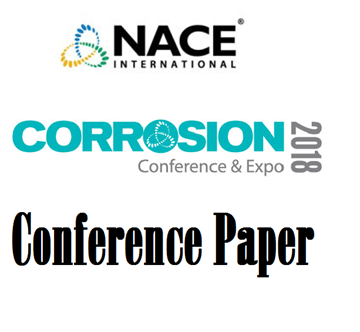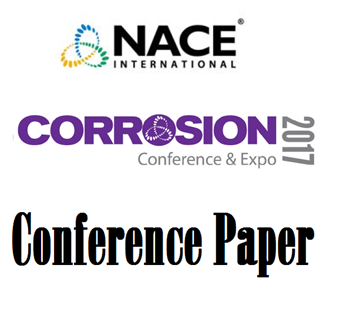Search
Effectiveness of Vapor Corrosion Inhibitors for Corrosion Control of Tank Bottom Plate
Also Purchased
The Next Generation of Double Bottom Tank Cathodic Protection
Product Number:
51319-12924-SG
Publication Date:
2019
$20.00
51318-11567-Methodologies to Evaluate Compatibility between Cathodic Protection and Vapor Corrosion Inhibitors for Tank Bottom Applications
Product Number:
51318-11567-SG
Publication Date:
2018
$20.00
Premature Failure of API 650 Oil Storage Tank Bottom Plates Due to Soil Side Corrosion
Product Number:
51317--9025-SG
ISBN:
9025 2017 CP
Publication Date:
2017
$20.00




